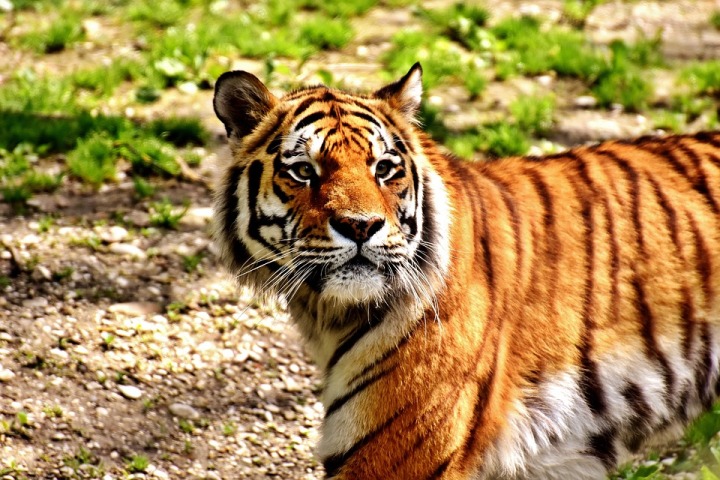Climatic adaptability helped Asian wildlife survive Australia, but not other way round: Study
Australia, on the other hand, lacks mammals typical of Asia, such as bears, tigers or rhinos, Alex Skeels, from ANU and corresponding author of the study published in the journal Science, said.The study analysed a dataset of about 20,000 birds, mammals, reptiles and amphibians to determine which species hopped between Indonesia and Australia, and which ones were able to successfully adapt to their new home.About 35 million years, Australia, located much further south, was connected to Antarctica.

- Country:
- India
Enhanced adaptability to changing climatic conditions accompanying changes in ancient plate tectonics millions of years ago may be behind why Asian wildlife are found in Australia but not the other way round, according to biologists.
Species originating in Asia could tolerate a wide variation in climatic conditions and were more successful at adapting to and settling in Australia, the biologists said in a study led by those at The Australian National University (ANU), Australia, and ETH Zurich, Switzerland.
They provide a new explanation for the asymmetrical distribution of Australian and Asian species across Wallace's Line, an imaginary line separating Australia, New Guinea and parts of Indonesia from continental Southeast Asia and named after the British naturalist who described it, Alfred Russell Wallace.
''If you travel to Borneo, you won't see any marsupial mammals, but if you go to the neighbouring island of Sulawesi, you will. Australia, on the other hand, lacks mammals typical of Asia, such as bears, tigers or rhinos,'' Alex Skeels, from ANU and corresponding author of the study published in the journal Science, said.
The study analysed a dataset of about 20,000 birds, mammals, reptiles and amphibians to determine which species hopped between Indonesia and Australia, and which ones were able to successfully adapt to their new home.
About 35 million years, Australia, located much further south, was connected to Antarctica. At some point, it broke away from Antarctica and over millions of years of drifting north, eventually crashed into Asia.
This ''continental collision'' gave birth to the volcanic islands of Indonesia, which, the biologists say, served as ''stepping stones'' for the animals and plants originating in Asia to reach New Guinea and northern Australia, and vice versa.
Further, the researchers explained, Australia's breaking away from Antarctica was accompanied by a climatic shift, that led to a trend of global cooling and drying of the continents, contributing to mass extinction events around the world.
Skeels said that despite this global cooling, the climate on the Indonesian islands remained relatively warm, wet and tropical. The Asian fauna, well adapted to these conditions, were able to settle in Australia.
Australian species, on the other hand, had evolved in a cooler climate becoming increasingly drier, and were thus, less successful in gaining a foothold on the tropical islands, Skeels said.
Their findings, Skeels said, could inform predictions of future animal migration, along with those about species better adapted to new environments, Skeels said.
(This story has not been edited by Devdiscourse staff and is auto-generated from a syndicated feed.)










